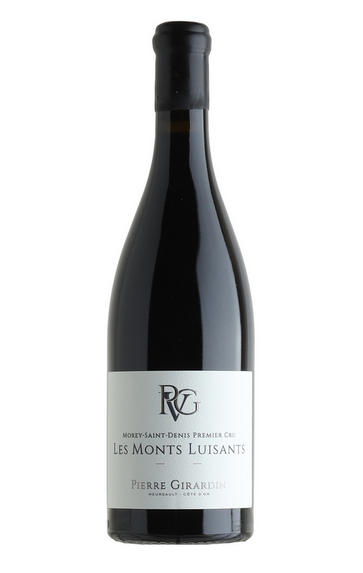
2021 Morey-St Denis, Les Monts Luisants, 1er Cru, Pierre Girardin, Burgundy
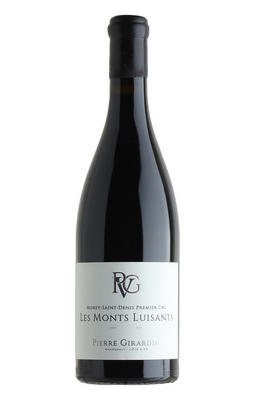
About this WINE
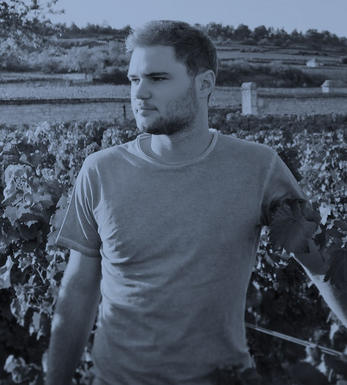
Pierre Girardin
Pierre Girardin is a fifth-generation winemaker who took over the family estate in 2017. Under his guidance, the Domaine has gained recognition for producing exceptional wines that reflect the terroir of Burgundy.
The Girardin family owns vineyards primarily in the Côte de Beaune, focusing on renowned appellations such as Meursault, Puligny-Montrachet, Chassagne-Montrachet, and Santenay. These areas are known for producing some of the finest white wines in the world, particularly Chardonnay.
Pierre Girardin is known for his meticulous approach to winemaking. He practices sustainable viticulture, taking great care of his vineyards and working with low yields to ensure the concentration and quality of the grapes. In the cellar, he employs traditional winemaking techniques focusing on minimal intervention to allow the expression of the terroir.
The wines of Pierre Girardin are often described as elegant, precise, and expressive, showcasing the distinct characteristics of each vineyard: the white wines balance fruit flavors, minerality, and a beautiful texture. The red wines, primarily made from Pinot Noir, exhibit complexity, finesse, and a sense of place.
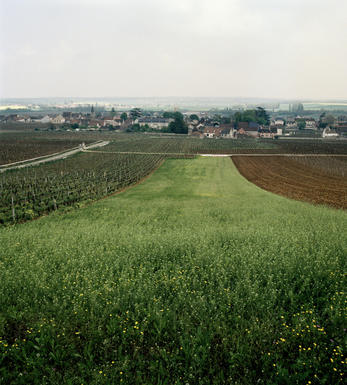
Morey-Saint-Denis
Morey is sometimes ignored between its two famous neighbours, Chambolle-Musigny and Gevrey-Chambertin, but its wines are of equal class, combining elegance and structure. Morey-St Denis, being that little bit less famous, can often provide excellent value.
The four main Grand Cru vineyards continue in a line from those of Gevrey-Chambertin, with Clos St Denis and Clos de la Roche the most widely available. Clos des Lambrays (almost) and Clos de Tart (entirely) are monopolies of the domains which bear the same names.
Domaine Dujac and Domaine Ponsot also make rare white wines in Morey-St Denis.
- 64 hectares of village Morey-St Denis
- 33 hectares of Premier Cru vineyards (20 in all). Best vineyards include Les Charmes, Les Millandes, Clos de la Bussière, Les Monts Luisants
- 40 hectares of Grand Cru vineyard. Clos de Tart, Clos des Lambrays, Clos de la Roche, Clos St Denis and a tiny part of Bonnes Mares
- Recommended Producers: Dujac, Ponsot, Clos de Tart, Domaine des Lambrays
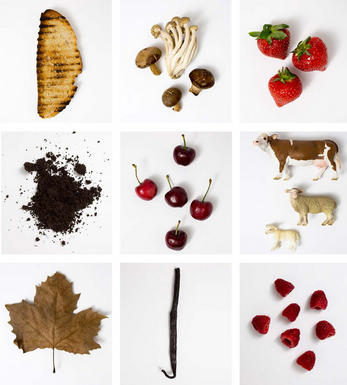
Pinot Noir
Pinot Noir is probably the most frustrating, and at times infuriating, wine grape in the world. However when it is successful, it can produce some of the most sublime wines known to man. This thin-skinned grape which grows in small, tight bunches performs well on well-drained, deepish limestone based subsoils as are found on Burgundy's Côte d'Or.
Pinot Noir is more susceptible than other varieties to over cropping - concentration and varietal character disappear rapidly if yields are excessive and yields as little as 25hl/ha are the norm for some climats of the Côte d`Or.
Because of the thinness of the skins, Pinot Noir wines are lighter in colour, body and tannins. However the best wines have grip, complexity and an intensity of fruit seldom found in wine from other grapes. Young Pinot Noir can smell almost sweet, redolent with freshly crushed raspberries, cherries and redcurrants. When mature, the best wines develop a sensuous, silky mouth feel with the fruit flavours deepening and gamey "sous-bois" nuances emerging.
The best examples are still found in Burgundy, although Pinot Noir`s key role in Champagne should not be forgotten. It is grown throughout the world with notable success in the Carneros and Russian River Valley districts of California, and the Martinborough and Central Otago regions of New Zealand.


Buying options
Add to wishlist
wine at a glance
Delivery and quality guarantee